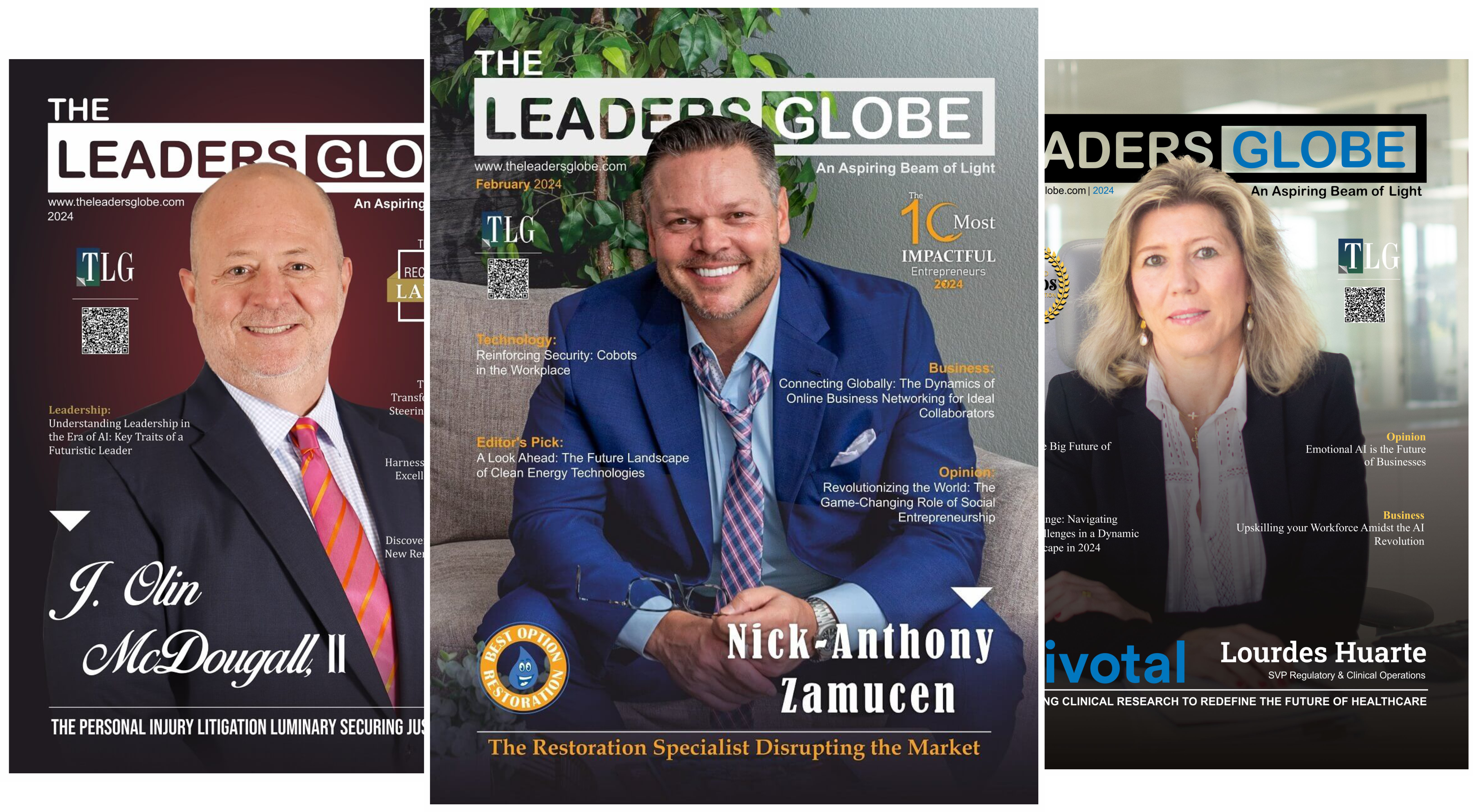The fashion world is changing quietly but strongly. Behind all the lights, fancy shows, and stores, something important is happening. People are starting to care more about how clothes are made and what impact they have on the planet. This change is called sustainable fashion. It means making clothes in a way that’s better for people and the environment. It’s not just a trend anymore — it’s becoming the normal way to do fashion.
Over the last decade, growing environmental concerns and rising consumer consciousness have changed the way people view style. The demand for transparency, fair labor, and eco-friendly materials is rising. At the heart of this change are eco-conscious brands that aim to create fashion with purpose and care for the planet. As the call for change becomes louder, sustainable fashion is no longer a choice; it’s becoming a responsibility.
The Environmental Cost of Fast Fashion
Traditional fast fashion has taken a serious toll on the planet. From water overuse to carbon emissions, the numbers are alarming. The industry emits more carbon annually than international flights and maritime shipping combined. It consumes vast amounts of freshwater for dyeing and processing and contributes to water pollution through untreated waste.
Another pressing issue is textile waste. Millions of garments end up in landfills each year, often made from non-biodegradable synthetic fabrics. With trends shifting weekly and clothes being treated as disposable, the environmental footprint has grown unsustainably large.
This is where sustainable fashion becomes vital. It offers a shift from quantity to quality, from short-lived trends to timeless choices, and from waste to thoughtful reuse.
Core Principles of Sustainable Fashion
Sustainable fashion aims to reverse these damaging practices by prioritizing the environment and ethical manufacturing. Its core principles include:
- Ethical production: Fair wages, safe working conditions, and humane treatment of laborers.
- Eco-friendly materials: Use of organic cotton, hemp, bamboo, and recycled fabrics instead of synthetics.
- Minimizing waste: Embracing zero-waste patterns, upcycling, and recycling initiatives.
- Supply chain transparency: Clear information about sourcing, manufacturing, and logistics.
- Low-impact dyes and processes: Reduction of chemical usage in favor of plant-based and waterless techniques.
These principles not only reduce environmental harm but also reflect growing consumer demand for mindful fashion. Eco-conscious brands that adopt these values are gaining popularity for all the right reasons.
Innovations by Eco-Conscious Brands
Leading eco-conscious brands are pushing boundaries to blend innovation with responsibility. Their efforts include:
- Recycled textiles from ocean plastic, discarded garments, and industrial waste.
- Alternative fabrics such as seaweed-based yarn, pineapple leather, and mushroom leather.
- Biodegradable dyes made from algae, berries, and bacteria.
- Carbon-neutral operations and localized production to reduce transport emissions.
- Tech-enabled circularity with AI-driven recycling and resale platforms.
These innovations show how sustainable fashion can merge creativity with care. From digital platforms to biotextiles, the commitment to the environment is shaping the next era of design.
Examples of Sustainable and Ethical Brands
Many forward-thinking brands have embraced the values of sustainable fashion, creating collections that merge ethics with aesthetics. Here are a few notable names:
- Pangaia: Known for using bio-based and recycled materials, this brand combines fashion and science to create minimalistic, functional pieces.
- Ganni: This Danish label has reinvented its design approach by using sustainable materials and eliminating the use of virgin leather.
- Reflo: A performance-wear company producing garments from recycled plastic bottles while contributing to reforestation projects.
- Royal Robbins: Specializing in outdoor wear, the brand focuses on long-lasting fabrics and natural materials with minimal chemical processing.
- B Label: Operating in India, this label uses hemp — one of the most sustainable natural fibers — to create breathable and durable everyday wear.
Each of these eco-conscious brands proves that fashion can be stylish, practical, and sustainable.
What Can Consumers Do?
Sustainable fashion is not just about production — it’s also about how clothing is purchased, worn, and disposed of. Individuals can contribute by:
- Choosing better materials: Opt for clothes made with natural, organic, or recycled fabrics.
- Buying less, wearing more: Prioritize quality over quantity and avoid impulse purchases.
- Repairing and upcycling: Extend the life of garments by mending or creatively reusing them.
- Second-hand and thrift shopping: A great way to reduce demand for new production.
- Supporting ethical brands: Purchase from companies that commit to fair labor and sustainable practices.
By supporting eco-conscious brands, consumers send a strong message to the fashion industry that environmental impact matters.
Challenges on the Road Ahead
Despite its growing popularity, sustainable fashion still faces barriers. These include:
- Affordability: Higher production costs often lead to higher retail prices.
- Scale limitations: Small-scale ethical brands may struggle to meet large demands.
- Consumer skepticism: Greenwashing (false sustainability claims) makes it difficult to trust some marketing.
- Lack of awareness: Many consumers are unaware of the fashion industry’s environmental impact.
To grow, the movement needs more than just brand initiatives. Education, honest marketing, and supportive policies are essential for wider adoption of sustainable fashion practices.
Conclusion
Sustainable fashion is not a passing trend — it’s a necessary transformation. As the urgency of climate change grows, the role of eco-conscious brands becomes more important than ever. These brands are proving that fashion can be beautiful, ethical, and thoughtful all at once.
The journey ahead will require dedication from designers, brands, consumers, and policymakers. But the direction is clear: fashion must evolve to protect both people and the planet.
In the words of British designer Vivienne Westwood, “Buy less, choose well, make it last.” That simple idea captures the heart of sustainable fashion — a world where every garment has a purpose, a story, and a future.




